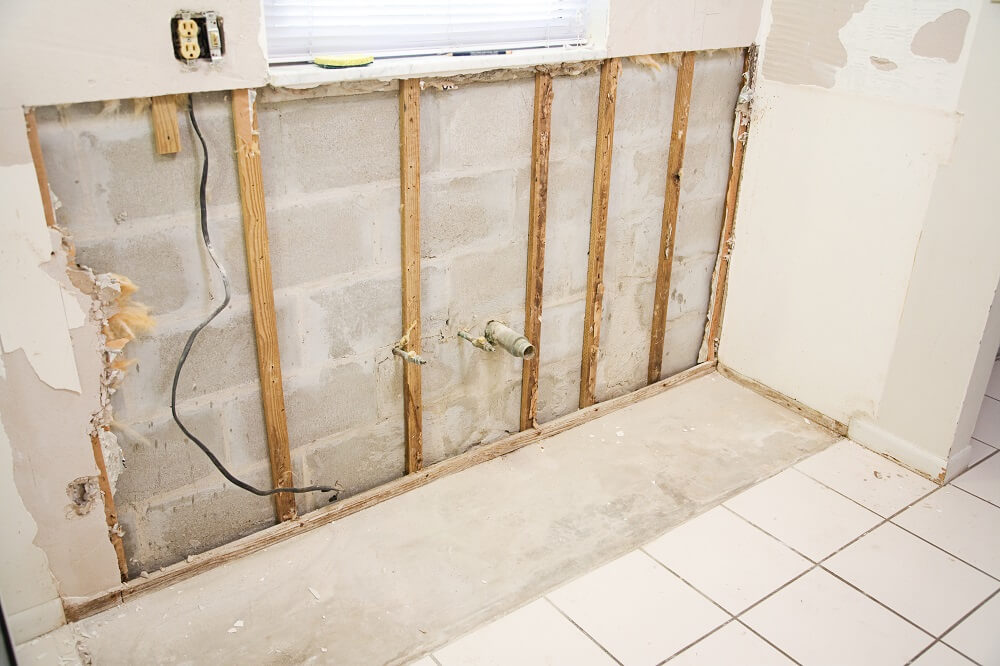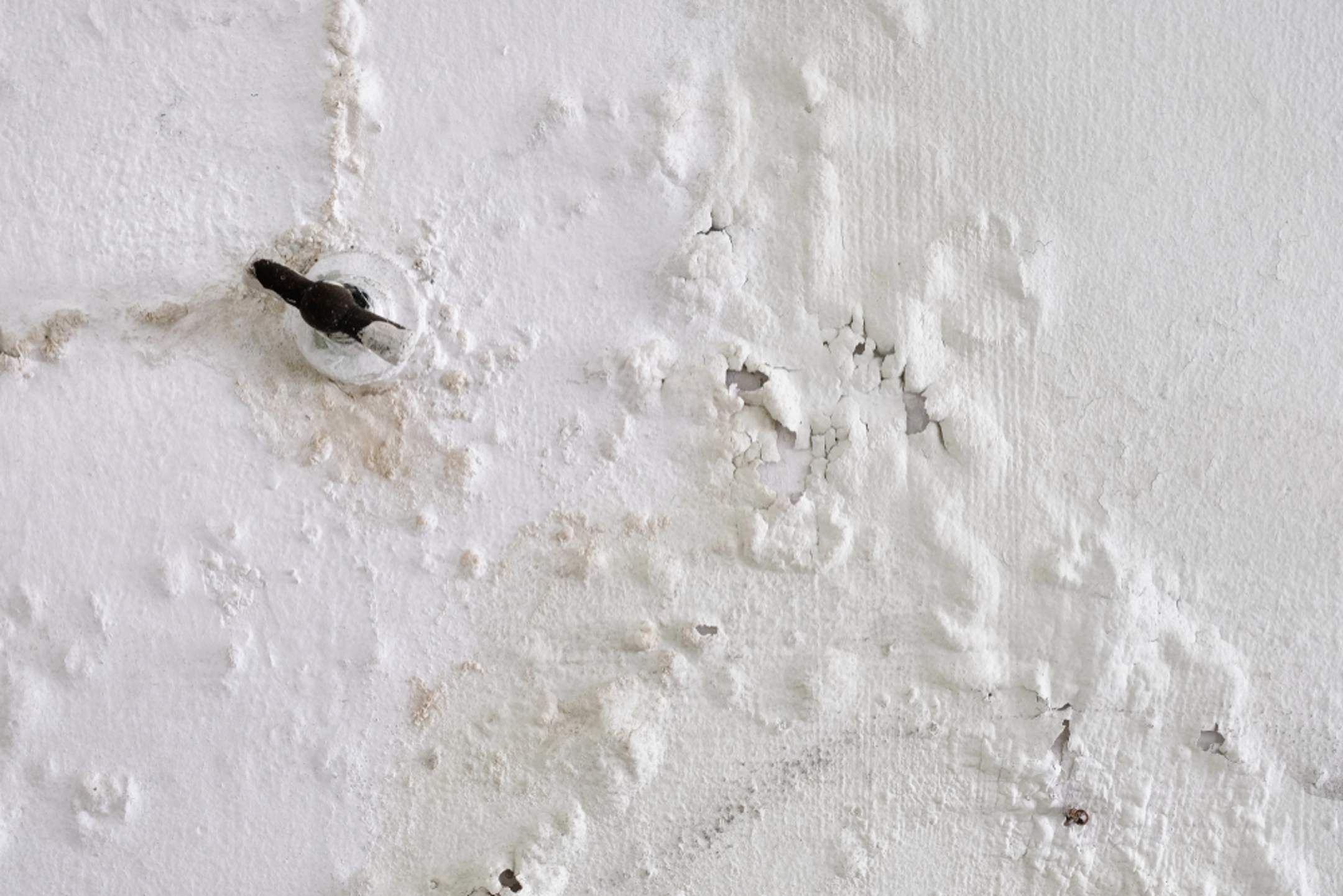Emergency Water Leak Repair to Prevent Further Property Destruction
Emergency Water Leak Repair to Prevent Further Property Destruction
Blog Article
The Refine of Water Damage Clean-up: Guaranteeing Your Home Is Recovered Effectively
Water damage can be a daunting challenge for home owners, demanding a organized and careful cleanup procedure to bring back security and functionality. damage restoration services. Following this, efficient water removal methods play an essential duty in minimizing more harm.
Examining the Damage
Upon finding water damage, the very first step is to extensively assess the level of the influence. This first assessment is critical, as it aids determine the needed actions for reliable cleaning and remediation. Begin by checking the affected areas, consisting of wall surfaces, ceilings, floors, and personal valuables, to identify the source of the water invasion, whether from flooding, leakages, or condensation.
Documenting the damage is necessary for both insurance policy claims and preparing repair efforts - damage restoration services. Use photos and created notes to catch the intensity of the damages, keeping in mind any kind of affected structural elements and materials. Pay special interest to areas that may not be promptly noticeable, such as behind walls and under carpetings, as concealed dampness can lead to additional issues, consisting of mold development
Additionally, assess the timeline of the water exposure. The longer the products stay wet, the greater the potential for damages. Recognizing the duration of exposure will certainly inform the urgency of removal efforts. Eventually, a detailed analysis lays the foundation for an effective water damage cleanup process, guaranteeing that all affected locations are addressed efficiently and thoroughly.
Water Extraction Methods

Experts generally employ completely submersible pumps for bigger volumes of water, which can promptly alleviate flooding in basements or various other affected areas. For smaller quantities, wet/dry vacuums are frequently utilized to draw out recurring dampness from rugs and hard surface areas. In addition, utilizing portable extractors enables targeted elimination in restricted spaces or areas with delicate materials.
In circumstances of polluted water, such as sewer or floodwater, progressed extraction techniques might entail the usage of biohazard devices to make sure security and compliance with wellness guidelines. High-powered extraction devices are important in decreasing water retention in structural materials, which can bring about mold and mildew development and structural wear and tear if not resolved immediately.
Eventually, the effectiveness of water removal methods plays an essential duty in the overall success of the water damages cleanup process, laying the foundation for succeeding remediation initiatives.
Drying and Dehumidification
When standing water has been properly drawn out, the following important phase in the water damage clean-up process is drying and dehumidification. This action is important to avoid additional damage and mold growth, which can happen within 24 to 2 days in damp settings.
To accomplish effective drying, customized equipment such as industrial-grade air movers and dehumidifiers is used. Air movers distribute air throughout wet surfaces, enhancing evaporation rates, while dehumidifiers reduce moisture degrees in the air, promoting a helpful environment for drying. The combination of these devices ensures that dampness is drawn out from floors, walls, and home furnishings, enabling them to completely dry thoroughly.
It is essential to check the drying out procedure very closely. Experts often utilize dampness meters to examine the wetness web content in various products, making sure that all influenced locations get to acceptable dry skin degrees. This thorough strategy helps to protect against surprise dampness pockets that might bring about structural damages or harmful mold and mildew development.

Cleaning and Sterilizing
After the drying out and dehumidification phase is total, the following crucial action in water damages cleaning is cleaning and sterilizing the influenced areas. This procedure read this is essential to protect against the growth of mold, microorganisms, and various other pathogens that thrive in moist atmospheres.
The cleansing stage typically entails eliminating any particles, dirt, and pollutants from surface areas utilizing specialized cleansing representatives. For difficult surface areas, a mix of soap and water or industrial cleaning items is frequently used. Soft materials, such as furniture and rugs, may require a lot more extensive cleansing approaches, including steam cleaning or deep extraction techniques, to ensure thorough hygiene.

Sterilizing complies with cleansing, making use of EPA-approved anti-bacterials to remove unsafe microbes. This step is essential, specifically in locations that may have entered into contact with floodwaters or sewage, as these resources can posture severe health and wellness risks.
Furthermore, it is very important to address any type of remaining odors, which may call for the use of odor neutralizers or sophisticated methods like ozone treatment. Correct cleaning and sterilizing not just bring back the security and health of your home however additionally prepared for effective repair and fixings in succeeding phases of the water damage cleanup procedure.
Repair and Fixings

When the assessment is complete, restoration efforts can begin. Additionally, flooring might call for similar attention, depending on the level of water direct exposure.
It is important to involve experienced reconstruction specialists during this procedure, as they have the know-how to handle intricate repairs effectively. They can aid reduce prospective future issues, such as mold growth or structural instability, therefore guaranteeing a habitable and secure living atmosphere. Eventually, effective repair and fixings bring back the home's integrity and improve its general worth.
Final Thought
Finally, the procedure of water damage cleanup is important for restoring a home to its pre-damage condition. Each phase, from examining the damage to executing reliable water removal strategies, adhered to by complete drying, disinfecting, and needed fixings, plays a necessary role in guaranteeing safety and security and compliance with building standards. Effective execution of these steps not only mitigates immediate damage but also boosts the long-lasting honesty and worth of the property.
Water damage can be an overwhelming challenge for house owners, demanding important source a thorough and organized cleaning process to recover safety and capability. Eventually, a thorough assessment lays the groundwork for a successful water damages clean-up procedure, making certain that all affected locations are addressed properly and thoroughly.
Effective water removal techniques are vital in reducing damages and preventing more see post problems following a water invasion occasion.In conclusion, the procedure of water damage clean-up is important for recovering a home to its pre-damage condition. Each phase, from evaluating the damages to executing reliable water extraction methods, complied with by extensive drying, disinfecting, and necessary repair work, plays an essential function in guaranteeing security and conformity with structure criteria.
Report this page